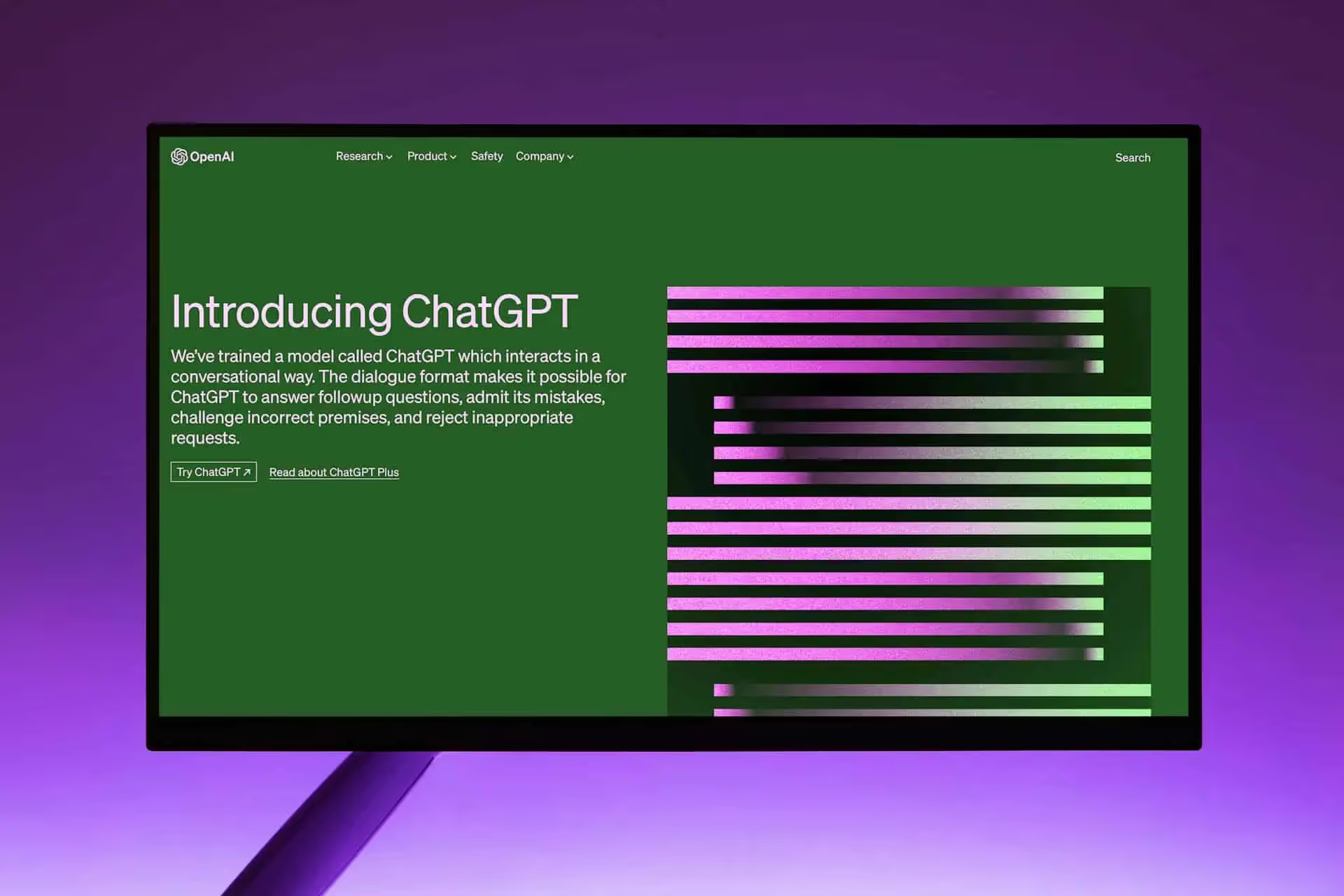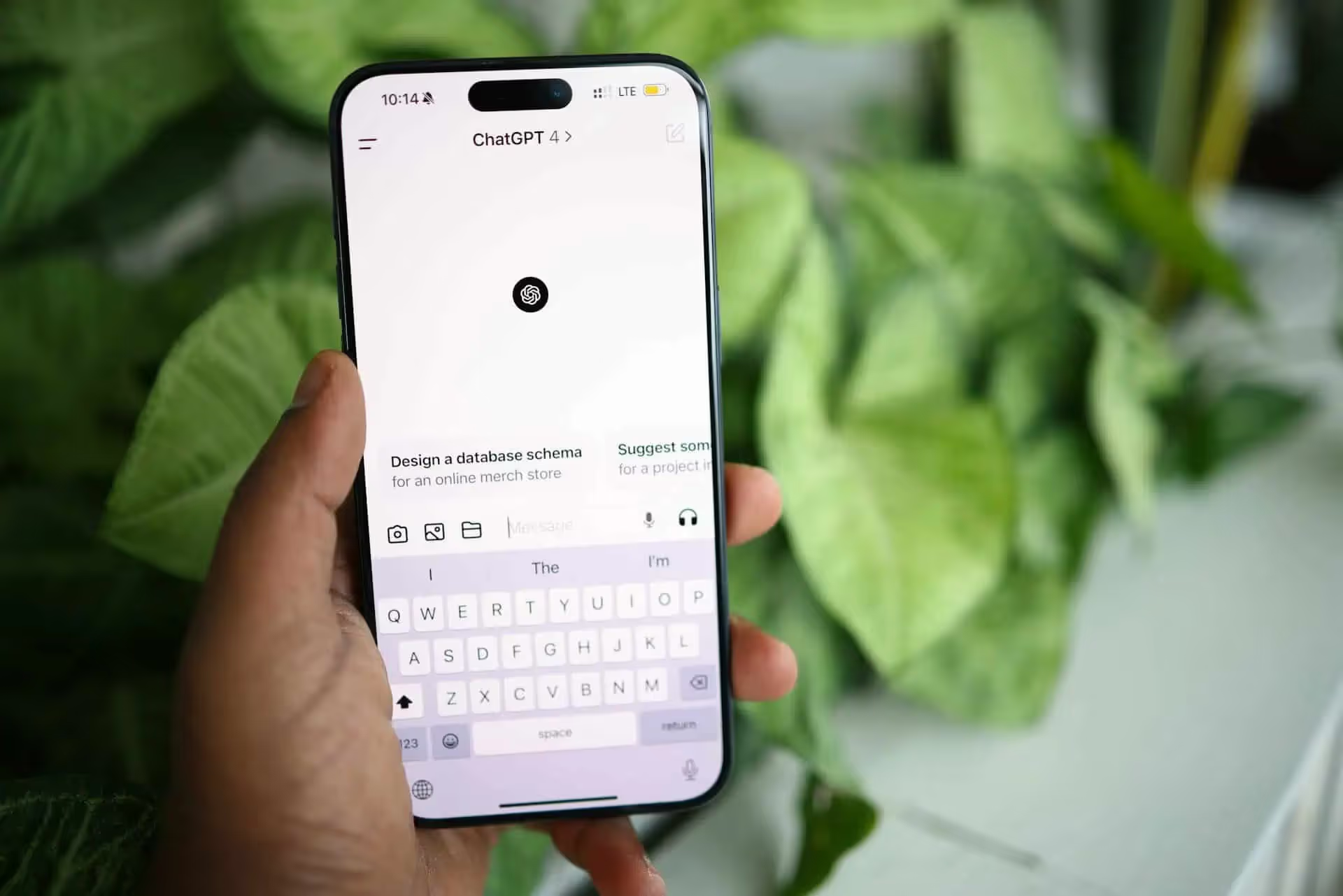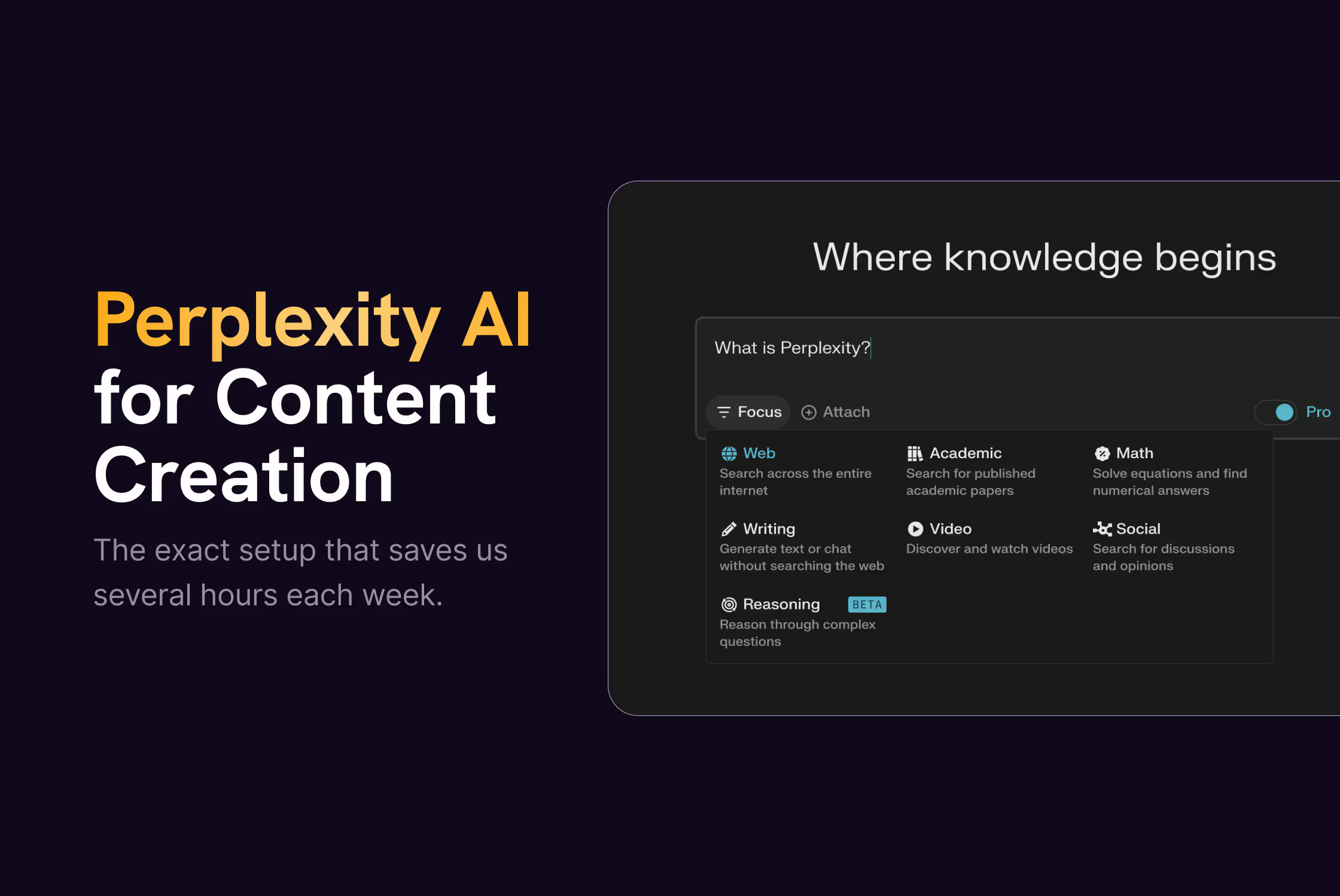How to Write Better Prompts for Generative AI


With generative AI gaining more and more traction, pixels meet possibilities, and your prompts can make or break creativity.
Your prompts have the power to shape outcomes and influence narratives. As you hone your craft, experiment, and watch your prompts become the catalysts for unparalleled creative expression. Trust the process.
Understanding Generative AI.
Your digital cues will guide the artificial intelligence behind the scenes, shaping its responses and giving you a masterpiece or something your five-year-old might write.
So, how do you ensure effective prompts?
Picture generative AI as your creative partner, ready to create according to your directions.
However, generative AI truly excels when provided with well-crafted prompts that effectively channel its creativity and data processing capabilities.
By honing your prompts, you can unlock the full potential of this technology, ensuring it consistently delivers exceptional and tailored content.

Factors to Consider when Creating Prompts.
- Clarity and Specificity: Write prompts that clearly convey what you expect the model to respond with. Avoid ambiguous or overly broad prompts that may confuse the model. Consider the difference between a vague request like “generate a product description for our new sporting shoes” and a precise directive like “generate a captivating product description for our sporting shoes. We target young millennials who love running. Please add specific keywords and a strong CTA“. The latter guides the AI down a specific path, ensuring a more tailored and meaningful output.
- Contextual Information: Provide necessary context within the prompt. This helps generative AI understand the situation or topic better, leading to more relevant responses.
- Style and Tone: Tailor the prompt’s style and tone to match the desired response. Whether formal, casual, technical, or creative, the prompt should align with the type of answer you want.
- Length and Structure: The length and structure of the prompt can influence the depth and complexity of the response. Shorter prompts may lead to concise answers, while longer ones can delve into more detailed explanations. Compare a straightforward command like “design a logo” with a more nuanced one such as “craft a sophisticated logo that merges modern aesthetics with vintage charm for a luxury boutique.” The latter provides enough complexity to guide the AI, fostering a more intricate and purposeful design.
- Example-Based Prompts: Sometimes, providing examples or scenarios can guide ChatGPT to generate responses that align closely with your needs.
- Iterative Refinement: Refine prompts based on initial responses. If the first attempt doesn’t yield the desired answer, adjust the prompt iteratively until satisfactory results are achieved.
- Ethical Considerations: Be mindful of how prompts are framed to avoid biased or harmful outputs. Ensure prompts align with ethical guidelines and promote responsible AI use.

Free Download: AI Prompt Engineering.
Do you want to learn more about creating prompts for generative AI? Download our ebook about prompt engineering below!









